As we enter early Autumn, the chill is in the air, which means even the most poolar beariest of pool owners are probably considering closing their pool. Hopefully, you have made the preparations to have the right pool winter cover, pool cleaning chemical kit, water tubes, air pillows, and all other sundry items on hand at this point. But during that process of winterizing equipment, some new pool owners as well as those who are closing, may be unaware of some of the necessary but overlooked parts of closing your pool. That’s why in today’s Pool Closing DIY Guide, we’re going to explain how to drain your pool using a multiport valve; for pool owners with a cartridge filter, or who prefer to use a sump pump, stay tuned for our next article..
Why Do I Need to Drain My Pool When Winterizing It?
Partially draining your pool in the winterization process is key to counterbalance any water that may find its way into the pool, either from rain runoff or snowmelt. It’s especially important to give your pool levels this extra margin if you plan on using a mesh winter cover. A mesh cover’s weave is tight enough to block most sunlight and dirt particles, but will allow water to drain into your pool basin.
By draining your pool level to about six to eight inches below the skimmer opening, you lessen the need to babysit the pool’s water level. The partial draining of the pool doesn’t completely remove the need to keep an eye on the water level. But the extra fill margin should prevent the need to inspect the water level after every heavy downpour.
Now, the process by which you partially drain your pool can be heavily dependent on the type of pool filter you own.
How Do I Lower My Pool’s Water Level if I Have a Sand or DE Pool Filter?
If you have a sand or diatomaceious earth (DE) pool filter than count your lucky stars, draining your pool is pretty easy, Both of these filter types use either a multiport valve or a slide valve, also commonly called a push-pull valve; these filter valves have a built-in Waste function that diverts water from the pool’s PVC return lines, to a dedicated waste port on the valve. The waste port is sometimes hard plumbed with PVC pipes to drain to a designated part of your yard. Or more commonly, the
- Close Skimmer Line – Set plumbing valves to ensure the suction skimmer line is closed, and the main drain suction line is open. This will ensure the pump will not lose prime when the water level dips below the skimmer face.
- Set Drain Line – Ensure your filter valve’s waste line is draining to a safe area to prevent property damage or unsafe conditions. Before setting your waste line to a storm drain or other municipal drain facilities, check your local ordinances and codes.
- Set Your Valve to Waste – Whether it is a multiport valve or a push-pull slide valve, set it to waste.
- Turn on your Pump – Begin the draining by turning on your pump. The waste line should show signs of water flow.
- Inspect the Drainage Area, Pool Water Level, as Draining Continues – As the pool drains, be sure to check on the water level progress and your drainage area to ensure it is not being overwhelmed by the high volume of water. Pay close attention to the pump and drainage area when the water level dips below the skimmer face to ensure the pump does not run dry. The pump may begin to suck air if your skimmer suction line valve is not properly sealing.
- Turn Off Pump Once Desired Water Level is Reached – When the pool water level reaches 6 – 8 inches below the skimmer face, turn off your pump.

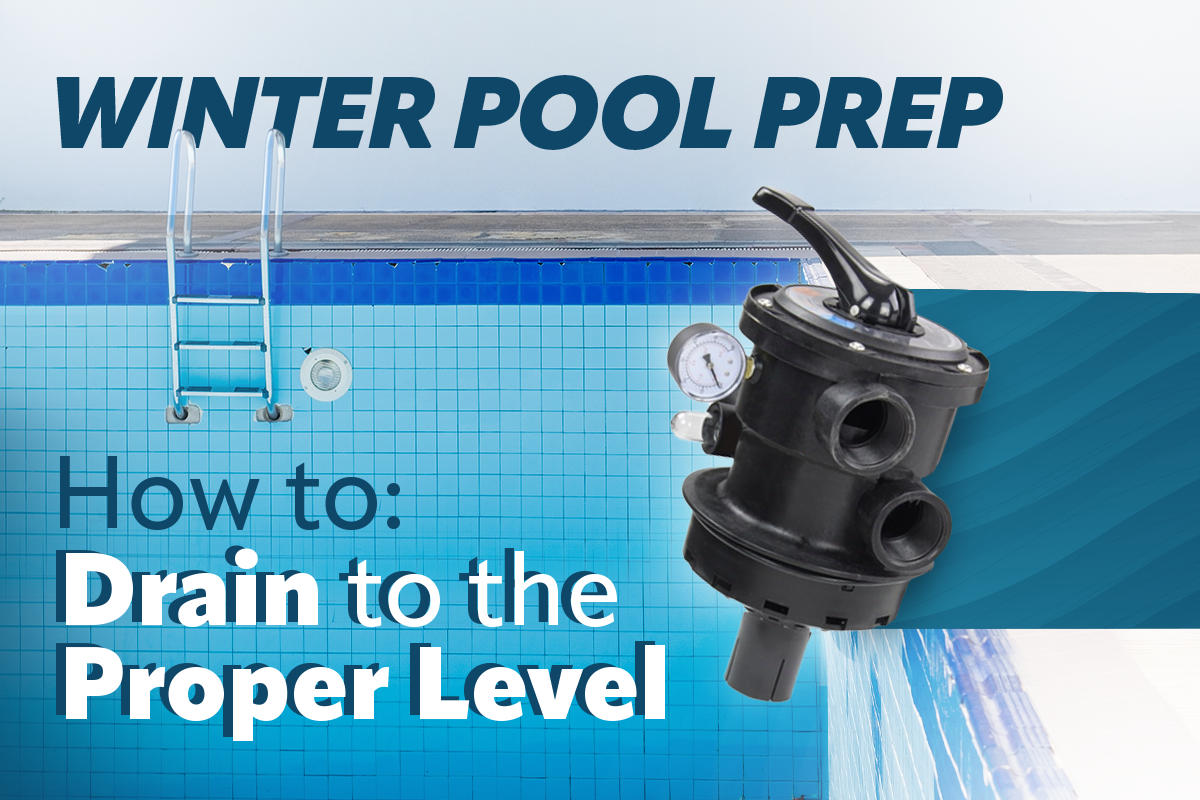



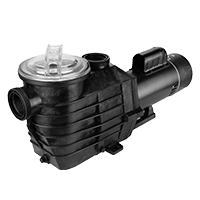
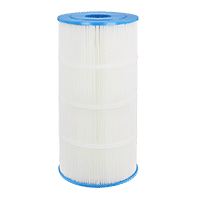
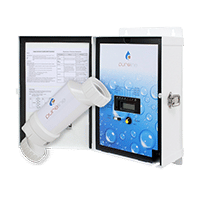
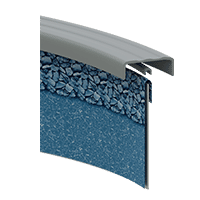

Leave a Reply